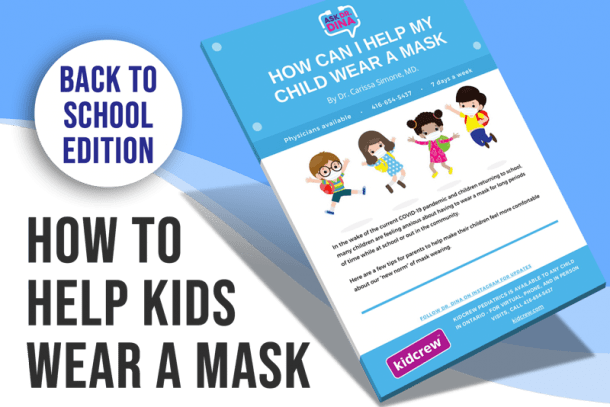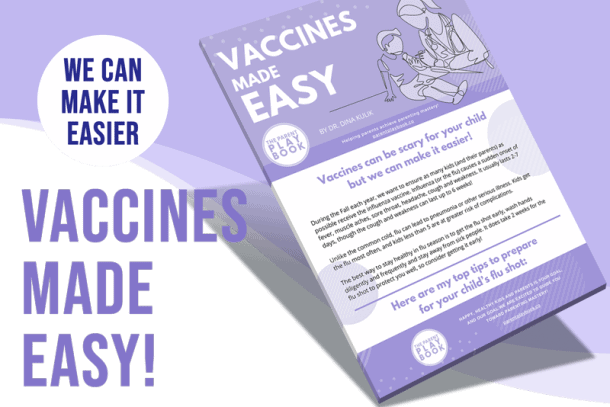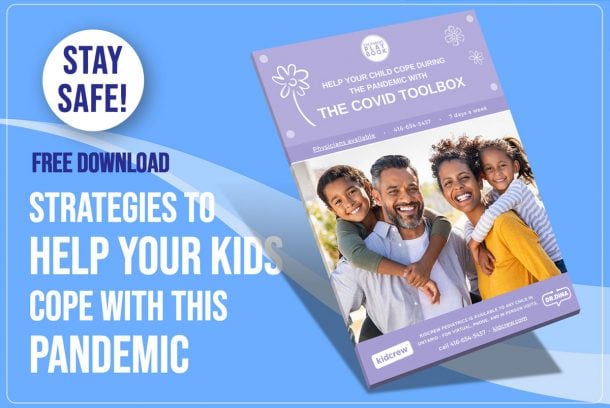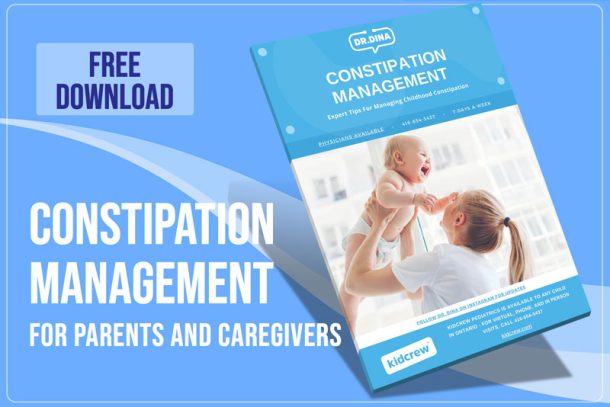How to prevent diaper rashes on baby’s skin
Most babies experience at least one diaper rash before they are out of diapers. Diaper rashes are the most common rashes we see in babies and for a good reason.
Urine and stool can be very irritating to the delicate and sensitive skin of a baby’s bottom! Unfortunately, a diaper rash can result.
Luckily, most diaper rashes are caused by contact with moisture, pee, and poo, sometimes bacterial or yeast infections occur. Each type of rash is relatively easy to tell apart so that you can manage each cause.
Types of diaper rash (most common to least):
Contact dermatitis
Diaper rash occurs most typically from diaper dermatitis. Almost all newborn and baby diaper rash is from what we call contact dermatitis. ‘Contact’ refers to the fact that the rash is caused by being touched by something. ‘Dermatitis’ is ‘inflamed skin.’
When urine and stool directly touch the skin, it can lead to skin irritation and inflammation. This is very common in infants and can lead to diaper rash.
Babies are in wet diapers 24 hours a day!
Even if you change regularly, some skin elements may be damp, and the diaper can rub on the skin, leading to more irritation. Contact dermatitis looks red where the skin touches the diaper, sparing the skin in the creases that do not contact the diaper.
Sometimes children will also develop ulcerations if dermatitis becomes more severe and deep. A baby’s skin is very sensitive. This type of diaper rash can be painful and more challenging to treat.
Contact dermatitis diaper rash treatment
For uncomplicated contact dermatitis, I suggest applying a thick layer of zinc oxide cream to a baby’s skin. You want to use a diaper rash cream with the highest percentage of zinc you can find. 40% is usually the highest zinc cream percentage. You want to apply like ‘icing on a cake’ – in thick amounts.
When the baby makes a poo, gently wash away the stool and apply more cream to the baby’s skin.
The goal is to avoid seeing the irritation on the bum as it should be generously coated. I also avoid using diaper wipes, which often have alcohol in them, as they can irritate the skin and cause more diaper dermatitis. When the contact dermatitis is present, I suggest using water and a face cloth to clean the diaper area instead.
I do not recommend applying baby powder to the baby’s diaper area, as the baby can inhale the powder and cause severe respiratory injury. I also do not recommend using cornstarch for diaper rash, leading to yeast growth (see below). Diaper dermatitis responds best to zinc-based cream and keeping the diaper area clean and dry. Diaper change often to prevent irritated skin.
Some diaper-free time can also help prevent and treat diaper rash
When the diaper is removed, the area has time to get dry without contact with stool or urine and without the diaper’s friction. Friction and moisture cause diaper rash. Air drying can help. Frequent diaper changes can help as well.
Sometimes all you need is a little diaper-free time. Allowing the area to get dry with air can work wonders.
Yeast infection (candida or thrush)
When there is a skin breakdown, as with contact dermatitis, yeast, which lives all over our bodies, can cause infection. Another name for yeast is candida. Yeast loves warm moist regions of the body, such as the diaper area. When yeast has led to an infection on the skin, we call this thrush. Recent antibiotic use can also increase the risk of yeast.
Yeast infection rash looks like red dots that are scattered away from the periphery of the inflammation. We call these ‘satellite lesions’ as these yeast spots are outside the central area of irritation. This rash usually involves skin creases where the skin may be moist and warm, allowing thrush to multiply. You may notice that this rash is not responding to treatment for contact dermatitis, as listed above. Though keeping the diaper area dry and using zinc can minimize yeast growth, we often need to use a medication to kill off the yeast.
If you are unsure if your baby has a yeast infection, please see your baby’s doctor to confirm the diagnosis. We sometimes prescribe an antifungal cream to treat yeast in the diaper region.
How to treat diaper rash from a yeast infection
Follow the same instructions as for contact dermatitis, with the addition of an antifungal topical preparation, such as clotrimazole. Sometimes an added topical steroid cream can decrease the discomfort associated with the rash. Many of us will prescribe a topical cream with equal parts hydrocortisone with antifungal medicine to apply two to three times a day. I then suggest using high percentage zinc for diaper changes in between.
Seborrheic dermatitis
Some babies develop a cradle cap type rash. Cradle Cap is often seen on the scalp, around the eyes, or the ears. The cradle cap looks like yellow, greasy scales that can be picked or rubbed off easily. It is not painful or itchy, and typically babies do not notice the rash.
Treating diaper rash from seborrheic dermatitis
Petroleum or non-petroleum jelly may alleviate this rash. Your doctor may also prescribe a low-dose steroid cream if the inflammation is persistent or uncomfortable.
Bacterial diaper rash
Our skin has tons of bacterial on it. This is normal for us, and our bodies can tolerate it in most circumstances. However, if there is a break in the skin, such as with contact dermatitis, the bacteria that live on the skin can enter the skin barrier and lead to bacterial infection.
These rashes look like small pimple-like bumps with redness, yellow or clear discharge, and sometimes blisters.
If you suspect your baby has a bacterial infection, please see your doctor. In the case of bacterial diaper rash, your doctor may prescribe a topical or oral antibiotic.
Preventing diaper rash in babies
The best way to avoid diaper rash is to change your baby’s diaper regularly. This is especially true when they are stooling frequently or lying in the same diaper for long stretches (such as overnight).
Applying a petroleum or non-petroleum jelly or zinc oxide cream as a barrier can prevent stool and urine contact with the skin. Leaving the diaper off at times, allowing the skin to airdry can help prevent and treat irritation. Some evidence shows that babies who wear cloth diapers, which absorb less than disposable diapers, are more likely to get diaper rashes.
These babies may avoid rashes by wearing disposable diapers, mainly when sleeping for long periods.
If your baby has a persistent or worsening diaper rash, please see your doctor to ensure no other medications are required.
Read my article on how to treat other baby rashes like eczema, and watch the video below:
FAQ – Frequently Asked Questions
Do cloth diapers prevent diaper rash?
Cloth diapers are unlikely to improve diaper rash, as they do not absorb moisture as well as a disposable diaper. Baby’s that use cloth diapers are more likely to develop diaper rash due to moisture than those who wear disposable diapers. However, if your baby does not suffer from rashes, they can wear whatever diaper type you want. Please review diaper options with your healthcare provider if your baby is experiencing rashed.
Should I use baby wipes if my baby has a diaper area rash?
Baby wipes sometimes have alcohol in them, leading to more irritation and bright red skin. If your baby is suffering from a diaper rash, consider cleansing the diaper area with water and not using wipes until the diaper rash heals.
How often should I change my baby’s diaper?
It is best to change a wet or dirty diaper as soon as you notice it. This can help prevent diaper rash development. Diaper rash care includes frequent changes so the baby stays dry and comfortable.
Dina is a wife, mother of 4, and adrenaline junky. She loves to share children’s health information from her professional and personal experience. More About Dr Dina.















